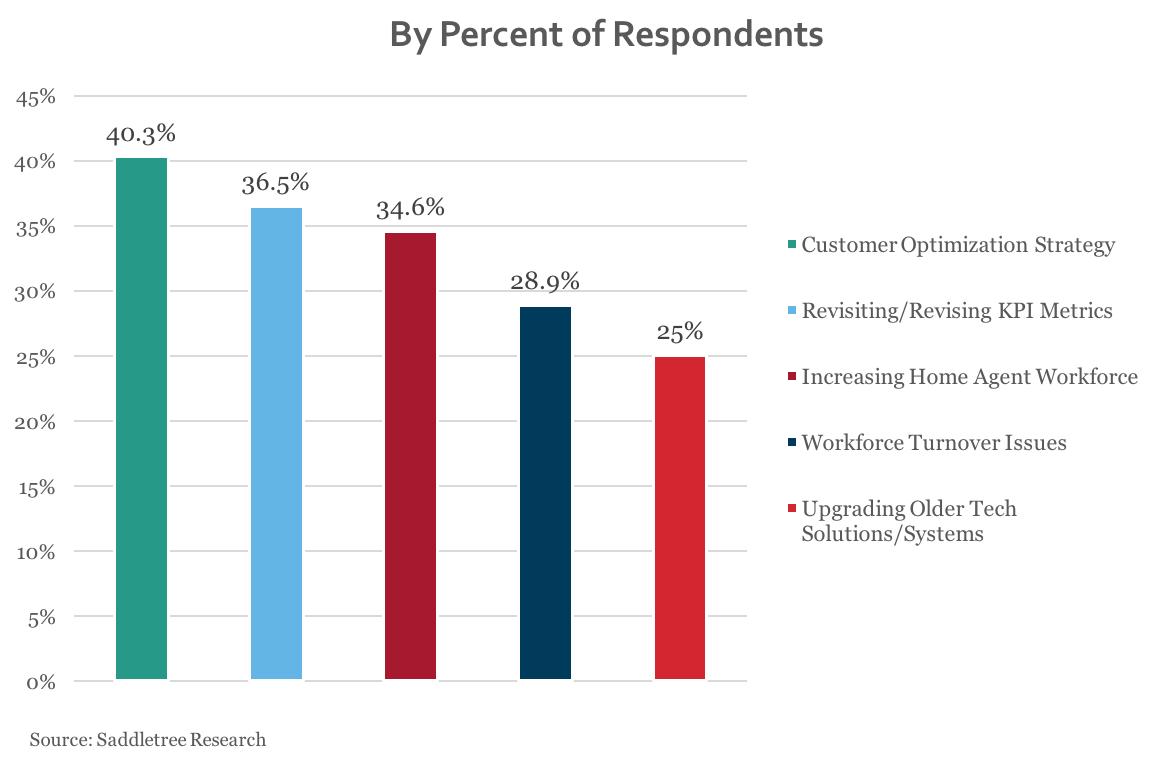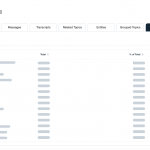Call Center Performance Metrics: What I Learned on the Way to the (r)Evolution

As the contact center industry gradually shifts its collective focus from cost-driven customer service to profit-oriented customer experience optimization, there is a noticeable shift in the way the industry is measuring a successful customer contact.
There is an industry evolution underway that is taking forward-thinking, leading-edge contact centers further away from performance-based key performance indicators (KPIs) that strictly measure agent performance and closer to KPIs that quantify the customer experience. Key among these new performance indicators is first call resolution (FCR).
At the end of 2015, Saddletree Research undertook a research project that, among other things, looked at emerging industry trends for 2016. Undertaken in conjunction with the National Association of Call Centers (NACC), a 503(c)(6) not-for-profit industry membership organization based at The University of Southern Mississippi, the research project involved 121 customer service professionals who answered questions regarding the industry trends and issues that were of the most importance to them going into 2016.
One section of the research presented respondents with a list of potential priorities for 2016 and asked them to select all of the potential priorities that applied to them. The top five responses are represented in the figure below.
Figure 1: Top Five 2016 Contact Center Customer Service Priorities

Source: Saddletree Research
Finishing at the top of the list of 2016 priorities among research participants was the creation of a customer experience optimization strategy followed closely by a recognized need to revisit and/or revise contact center KPIs. These two priorities go hand-in-hand as the contact center industry shifts its focus to the quality of the customer contact outcome versus how quickly the customer contact is concluded.
While traditional KPIs, such as average handle time (AHT), focus on measuring the performance of a customer service agent, newer KPIs focus on the customer journey and experience, measuring customer service from the customer perspective. Chief among these evolving KPIs is first call resolution (FCR).
Our research revealed that nearly 62 percent of contact centers today routinely track FCR as a means of measurement for customer satisfaction. Achieving customer service resolution on the first contact while trying to conclude that customer contact as fast as possible in order to meet AHT goals is an obvious contradiction. Our research results indicate that the majority of U.S. contact centers today are placing greater value on optimizing the customer experience than on pressuring an agent to bring a customer contact to conclusion as soon as possible.
There remains much to be addressed as the industry evolves toward new performance measurement. For example, there was no single, agreed-upon method of measuring FCR among our research subjects.
The most popular methods used for measuring FCR today, in order of popularity, are:
- Quality Monitoring
- Customer Survey
- Data Analytics
- Call Accounting
- Speech Analytics
I recently participated in a webinar along with Jim Lavery, Vice President of Contact Centers at Desert Financial Credit Union in Phoenix, AZ. During the webinar the subject of FCR came up and Jim talked about the four combined metrics he uses as Desert Financial’s contact centers to measure FCR.
Since we initially presented the webinar, Jim’s method of measuring FCR has become highly popular and sought-after. His technique for measuring FCR can be found on the recorded version of the webinar.
Expect to see more of these newer contact center performance metrics gain market awareness and acceptance throughout 2016. New metrics such as the customer effort score (CES) are already gaining in popularity.
The industry-wide movement toward optimizing the customer experience is driving the industry toward a new way of thinking about customer service and, in turn, a new way of thinking about how to measure performance in the customer experience optimization era.








